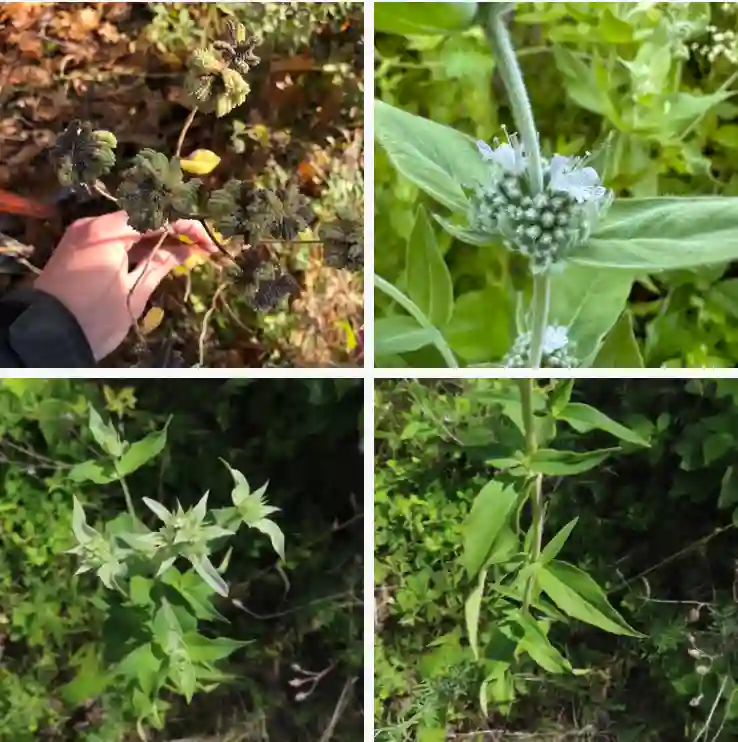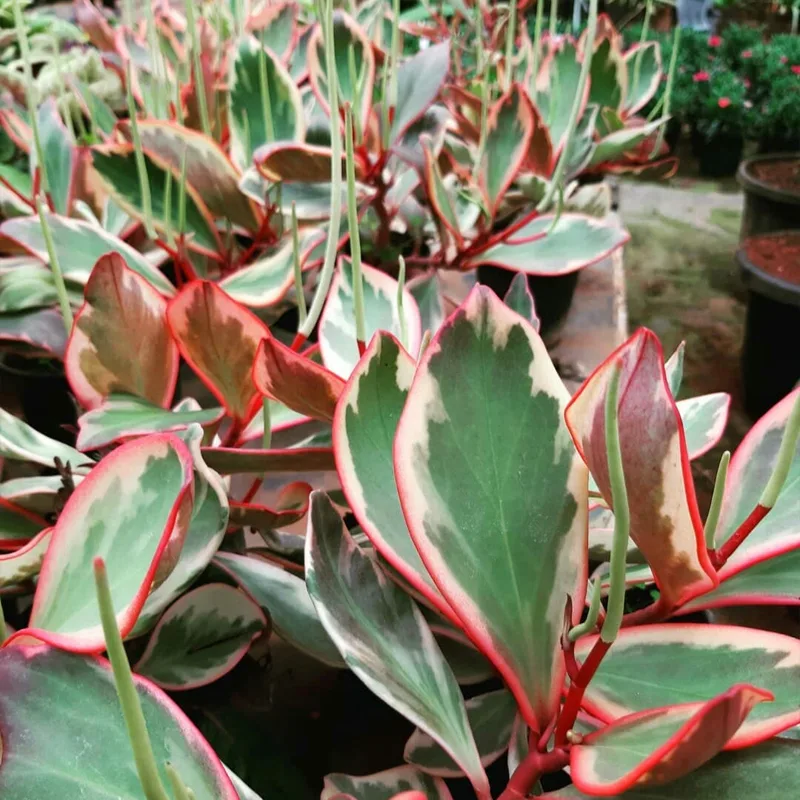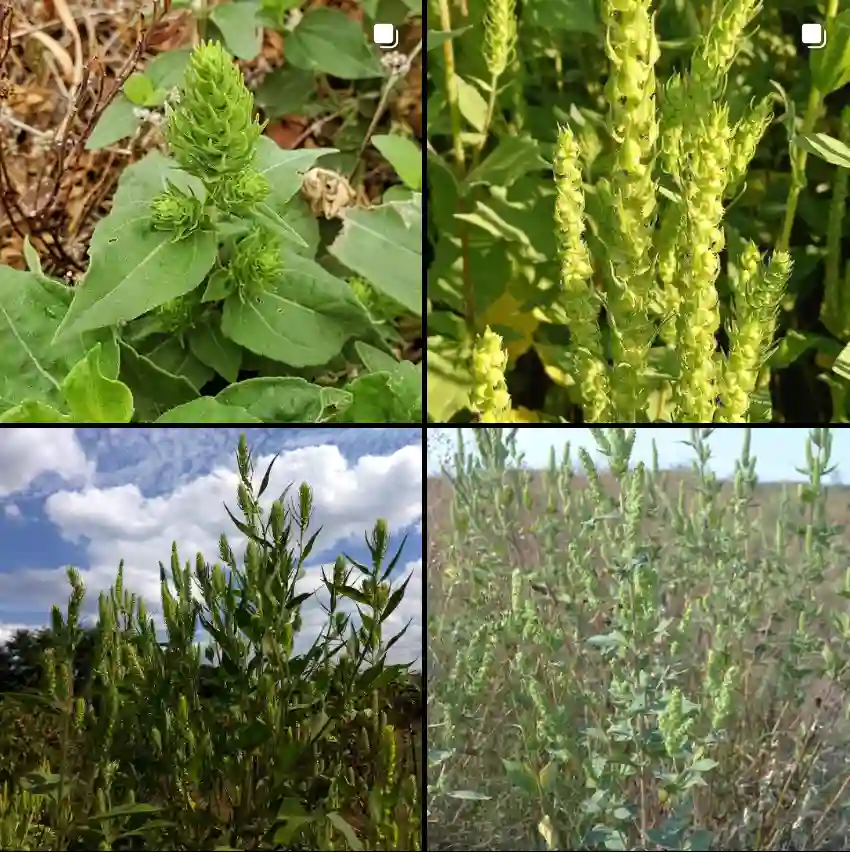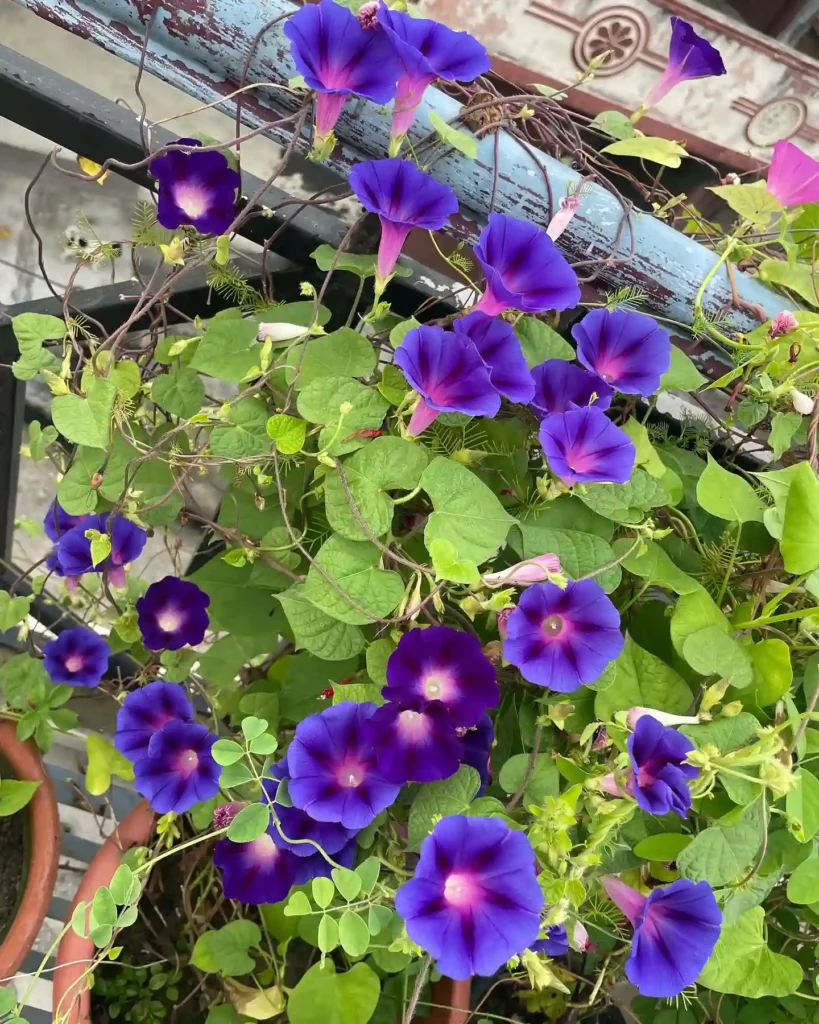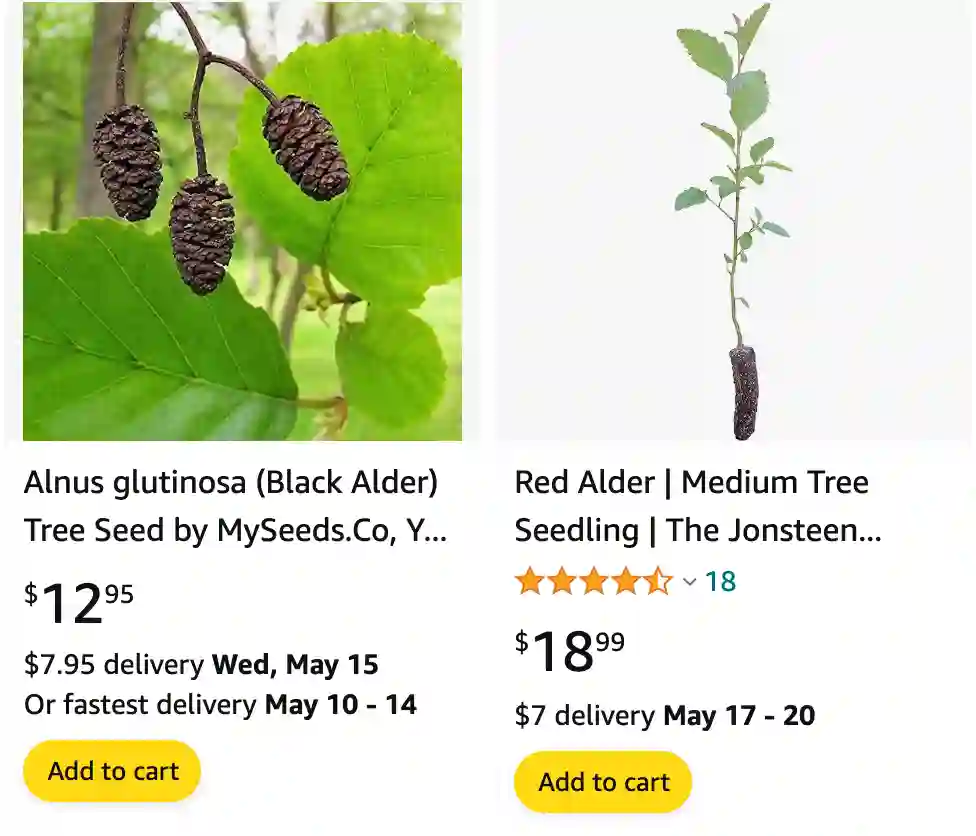
What is alder?
The Alnus genus, also known as alder, holds a unique place in my botanical exploration. Known for their resilience and ecological value, alders are part of the birch family (Betulaceae) and feature prominently in riparian areas and temperate forests across the Northern Hemisphere. As I dove deeper into Alnus, I discovered their fascinating ability to thrive in wet soils and fix nitrogen, enriching their environment. Let’s explore Alnus, its defining characteristics, and a species list that showcases its diversity.
What does an alder tree look like?
One standout characteristic of Alnus is its symbiotic relationship with Frankia bacteria, allowing these trees to fix atmospheric nitrogen. This ability isn’t just interesting from a scientific standpoint; it’s crucial for ecosystems. By enriching the soil, alders support the growth of surrounding vegetation, especially in nutrient-poor areas. Because of this, you’ll often find them pioneering disturbed soils, helping prepare the land for future growth.
Alders also boast a distinctive appearance: smooth bark, often gray, and dark-green, serrated leaves that lend a graceful touch to their stature. In the spring, their slender catkins release pollen, while in autumn, mature cones scatter seeds. These cones, while small, are quite recognizable and persist through winter, becoming an essential food source for birds and other wildlife.
The Importance of Alnus in Ecology and Restoration
In my exploration, I’ve noticed that Alnus species are prized for their ecological role. Their presence on riverbanks helps stabilize soil and prevent erosion. They’re also invaluable in wetland restoration projects, where their rapid growth and nitrogen-fixing abilities accelerate recovery.
Alder trees are early colonizers in disturbed or degraded lands. I see this as a reminder of their resilience and adaptability. By enriching soil and creating shelter, they pave the way for more complex forest ecosystems. Alder stands also offer habitat for a wide range of wildlife, from birds and small mammals to insects that rely on their flowers and foliage. This biodiversity attracts even larger wildlife, making alder forests some of the most vibrant ecosystems.
A Diverse Family
The Alnus genus is surprisingly diverse, with around 49 species found across the Northern Hemisphere. From the towering red alder (Alnus rubra) of the Pacific Northwest to the shrubby green alder (Alnus viridis) of the European mountains, each species has unique characteristics that allow it to thrive in its specific environment.
- Alnus acuminata Kunth
- Alnus alnobetula (Ehrh.) K.Koch
- Alnus betulifolia G.Y.Li, Z.H.Chen & D.D.Ma
- Alnus cordata (Loisel.) Duby
- Alnus cremastogyne Burkill
- Alnus djavanshirii H.Zare
- Alnus dolichocarpa H.Zare, Amini & Assadi
- Alnus × elliptica Req.
- Alnus × fallacina Callier
- Alnus fauriei H.Lév. & Vaniot
- Alnus ferdinandi-coburgii C.K.Schneid.
- Alnus firma Siebold & Zucc.
- Alnus formosana (Burkill) Makino
- Alnus glutinosa (L.) Gaertn. – Plant FAQs: Alnus Glutinosa – Black Alder
- Alnus glutipes (Jarm. ex Czerpek) Vorosch.
- Alnus hakkodensis Hayashi
- Alnus × hanedae Suyinata
- Alnus henryi C.K.Schneid.
- Alnus hirsuta (Spach) Rupr.
- Alnus × hosoii Mizush.
- Alnus incana (L.) Moench – Plant FAQs: Alnus Incana – Grey Alder
- Alnus japonica (Thunb.) Steud.
- Alnus jorullensis Kunth
- Alnus lanata Duthie ex Bean
- Alnus lusitanica Vít, Douda & Mandák
- Alnus mairei H.Lév.
- Alnus mandschurica (Callier) Hand.-Mazz.
- Alnus maritima (Marshall) Muhl. ex Nutt.
- Alnus matsumurae Callier
- Alnus maximowiczii Callier
- Alnus × mayrii Callier
- Alnus nepalensis D.Don
- Alnus nitida (Spach) Endl.
- Alnus oblongifolia Torr.
- Alnus orientalis Decne.
- Alnus paniculata Nakai
- Alnus × peculiaris Hiyama
- Alnus pendula Matsum.
- Alnus × pubescens Tausch
- Alnus rhombifolia Nutt. – Plant FAQs: Alnus Rhombifolia – Diamondleaf Alder
- Alnus rohlenae Vít, Douda & Mandák
- Alnus rubra Bong. – Plant FAQs: Alnus Rubra – Red Alder
- Alnus serrulata (Aiton) Willd. – Plant FAQs: Alnus Serrulata
- Alnus serrulatoides Callier
- Alnus sieboldiana Matsum.
- Alnus subcordata C.A.Mey.
- Alnus × suginoi Sugim.
- Alnus trabeculosa Hand.-Mazz.
- Alnus vermicularis Nakai
Where do alder trees grow?
They’re pretty much best friends with water. You’ll find them lining the banks of rivers, streams, and ponds, their roots soaking up the moisture. They thrive in damp, cool areas like marshes, wet woodlands, and anywhere near fresh water. Their roots actually help prevent soil erosion along the banks, making them like guardians of the waterways.
Is alder a hardwood?
This is where things get interesting! Alder is a bit of a trickster in the plant world. I wouldn’t say it’s quite as hard as the oak tables we have at home, but it’s definitely not as soft as the pinewood shelves in my garage. Grandma uses the term “hardwood” for alder, and apparently, some lumber places do too. But sometimes I hear people say it’s a softwood. Maybe it depends on what you compare it to?
Here’s what I know for sure: alder is strong enough for furniture and those beautiful carved wooden signs you see around town. It’s easy to work with for woodworkers, and it takes stain really well. So, in my book, that makes it a pretty impressive wood, even if it doesn’t win any heavyweight contests.
Is alder good firewood?
It depends on what you’re looking for in a fire. It’s not the champion like grandpa’s oak logs that burn all night. Alder burns hot and fast, more like a firecracker than a steady ember. It’s great for getting a fire started quickly, especially on chilly evenings when I just want to warm up for a bit. The flames are bright and cheerful, which is nice.
But the downside is that you need to keep feeding the fire with alder because it gets used up fast. It doesn’t throw out as much heat as some other hardwoods, so it’s not ideal for those long winter nights when you really need to stay toasty. However, I’ve heard some folks say it seasons well and burns cleaner than some other options. Maybe I’ll give it another try next winter, mixed in with some other logs to see if it makes a difference.
Is alder wood expensive?
The price of alder wood can be a bit tricky, depending on what you’re buying and where you get it. I wouldn’t say it’s super expensive like mahogany, but it’s definitely not the cheapest option out there either. It seems to be somewhere in the middle, like a good pair of jeans.
I remember helping my dad with a woodworking project a while back, and he said alder was a good choice because it was affordable and worked well for what we needed. But then there was that time Uncle John decided to build a fancy new cabinet for his kitchen. He went with some kind of imported wood with a weird name, and let me tell you, it cost a fortune! Alder wouldn’t have cut it for that project, but for most things, it seems like a good balance between price and quality.
What is alder wood used for? Is alder wood good for furniture?
Alder wood seems to be a jack-of-all-trades kind of material! From my experience, it’s popular for building furniture, especially cabinets. Remember that bookshelf in my room? That’s alder wood, and it stains this beautiful warm honey color – way nicer than plain old pine. It seems strong enough to hold all my books without complaining, and because it takes stain well, you can really customize the look of the furniture.
But alder wood isn’t just for furniture. I’ve seen it used for all sorts of things around town, like those decorative carved signs outside the bakery. It seems like a good choice for carvings because it’s easy to work with for the craftspeople. And who knows, maybe even some of those fancy wood toys in the toy store are made from alder. It seems like a versatile wood that can be beautiful and functional at the same time.
Is alder good for cutting boards?
Hmm, alder for cutting boards? Not my first choice, to be honest. Here’s the thing: alder is a softer wood compared to some others like maple or walnut. And cutting boards take a beating – all that chopping and slicing can leave marks on a softer surface. My guess is an alder board would scar up pretty easily, and those grooves could trap food and bacteria. Not ideal!
Plus, softer woods tend to dull your knives faster. You wouldn’t want to constantly be sharpening your knives because of the cutting board, would you? For everyday chopping, I think a harder wood would be more durable and easier on my knives in the long run.
That being said, I have seen some beautiful cutting boards made from alder, especially with fancy end-grain designs. Maybe for a cheese board or something you don’t use for heavy chopping, alder could be okay. But for my everyday cutting board, I’d stick with something a little tougher.
Alders and Humans
Alders have a long history of interaction with humans. Their wood, although not as durable as some hardwoods, is valued for its workability and resistance to decay when in contact with water. Traditionally, alder wood was used for a variety of purposes, including:
- Construction: Building bridges, water pipes, and sluice gates.
- Furniture making: Crafting chairs, cabinets, and other household items.
- Fuel: Burning for heat and cooking.
- Dyes: Extracting dyes from the bark and catkins.
Today, alder wood is still used in furniture making and for specialized applications like smoking salmon. Additionally, alders are planted for erosion control, land reclamation, and to enhance soil fertility.
Looking Ahead
As we continue to face environmental challenges, the importance of trees like alders becomes increasingly clear. Their ability to improve soil health, prevent erosion, and provide habitat for wildlife makes them valuable assets in our efforts to restore and protect natural ecosystems.
I believe that alders deserve more recognition for their ecological contributions. By understanding and appreciating these remarkable trees, we can work towards a future where they continue to thrive and contribute to the health of our planet.
If i die, water my plants!
